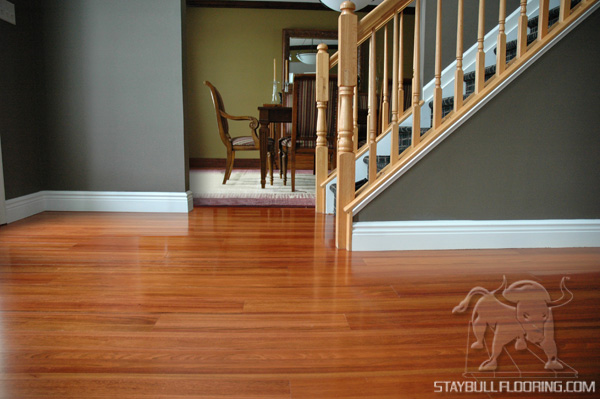We talked about what makes a product sustainable, and therefore environmentally friendly. The second main feature that defines a “green” product is health. This refers to the health of the ecosystem, the manufacturers, and the end user. Health Makes Flooring Eco-Friendly.
The questions you must ask when evaluating how healthy a flooring option is are these:
- Were any toxic chemicals released into the air, water, or soil during the manufacturing process?
- After installation, were any toxic chemicals released into the home or business space?
Obviously, the fewer toxic emissions, the better. Staybull Flooring™ is recycled wood flooring that is VOC free. That means that each plank uses no formaldehyde or other harmful adhesives in the manufacturing process. In addition, we only use the Eco-Shield™ finish which gives off zero harmful emissions after installation. Staybull Flooring™ is safe for both you and the environment.
Learn more about why recycled Staybull Flooring™ is eco-friendly flooring.

